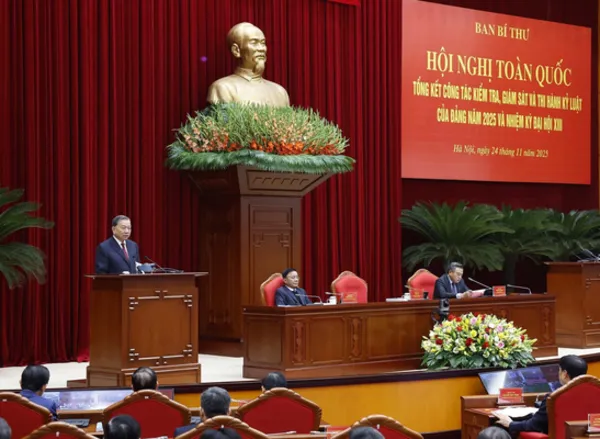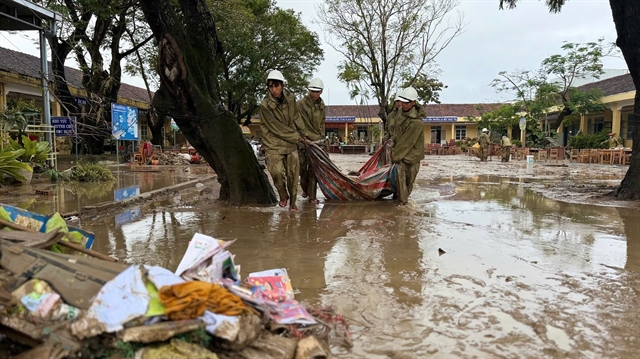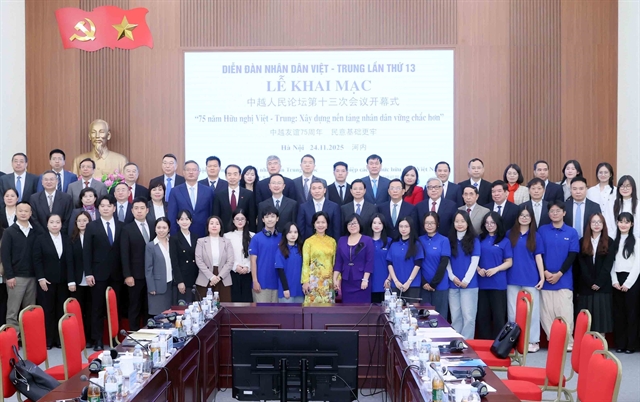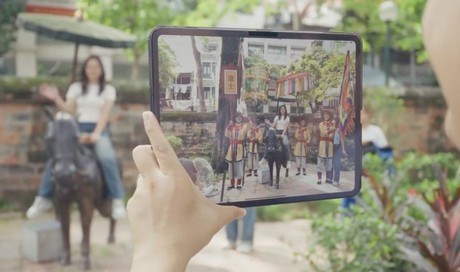 Life & Style
Life & Style
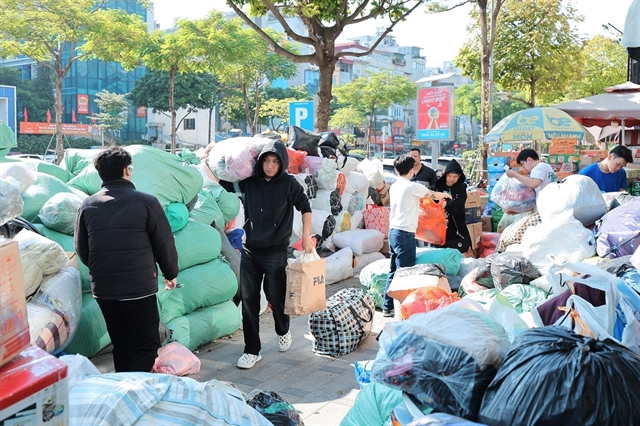
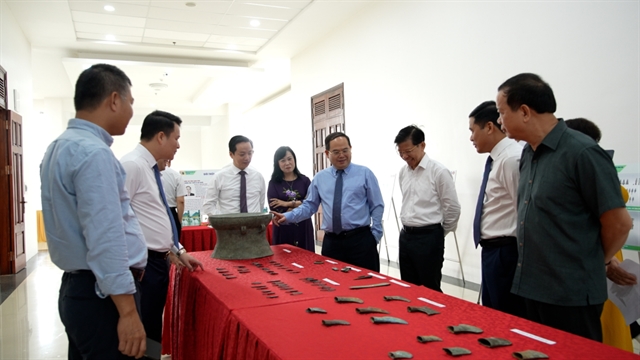
|
| Delegates visit the exhibition area. — Photo tuyengiaocaobang.vn |
CAO BẰNG — The People's Committee of Cao Bằng Province has collaborated with domestic organisations to host a scientific workshop titled 'The Đông Sơn Culture in Cao Bằng: New Archaeological Discoveries'.
The event attracted many renowned historians and cultural researchers from the region.
As part of the project 'Investigation, Research, Scientific Documentation and Assessment of the Value of Relics and Artefacts from the Đông Sơn culture and the Âu Lạc State', the University of Social Sciences and Humanities partnered with provincial agencies to conduct the first survey from April 20 to 28.
The survey, carried out in Dân Chủ, Ngũ Lão, Lam Sơn, Hồng Việt Communes and Cao Bình Town in Hòa An District, identified 17 sites, of which 15 contained remnants of Đông Sơn culture, including bronze drums and various historical artefacts.
These relics are predominantly found along major rivers, such as the Bằng and Gâm rivers, and their tributaries, indicating a dense presence of Đông Sơn cultural traces. The areas where bronze objects were discovered lacked rough pottery or distinctive cultural layers, with only a few small pottery pieces recorded in Trà Lĩnh in 2012.
In addition to the survey, the research team reviewed the artefact collections at the Cao Bằng Provincial Museum as well as those owned by Đàm Thế Học from the Cao Bình Cultural Heritage Association.
The findings revealed a significant number of bronze artefacts characteristic of Đông Sơn culture, including weapons like spears, javelins, arrows, crossbows; production tools, such as axes, hoes and ploughshares; jewellery and musical instruments. Notably, the collection of bronze arrows at the Cao Bằng Museum closely resembles those found in Cổ Loa, where an arrow foundry was discovered.
During the workshop, Associate Professor Dr Bùi Văn Liêm, Vice President of the Việt Nam Archaeological Association, emphasised the Đông Sơn culture period's significance for the nation’s future development. He advocated for increased research on the Thục Phán – An Dương Vương period and suggested that museums enhance their displays of artefacts for educational and communicative purposes.
He also warned of potential heritage loss due to natural disasters and economic activities, urging prompt action to protect valuable archaeological artefacts.
Professor Dr Nguyễn Văn Kim, Vice President of the National Cultural Heritage Council, highlighted that the establishment of the Văn Lang - Âu Lạc State marked one of the earliest states in Southeast Asia, underscoring national pride.
He praised Cao Bằng's role as a cultural exchange centre, where unique values converge, providing a foundation that helped the nation withstand nearly 1,000 years of Chinese domination and thrive after Ngô Quyền’s victory in 938.
Associate Professor Dr Tống Trung Tín, Chairman of the Việt Nam Archaeological Association, noted that archaeological studies on the Đông Sơn culture in Cao Bằng have been ongoing since the 1950s and 1960s. He remarked on the wealth of historical sources in the region, reflecting the life and techniques of that era.
He also posited that the Thục Phán – An Dương Vương period elevated Đông Sơn culture, as evidenced by the ramparts, military tools and warfare art. The capital's relocation from Phú Thọ to Cổ Loa was assessed as a strategic move that initiated a period of remarkable development for the Âu Lạc state.
Chairman of the Cao Bằng Provincial People's Committee Lê Hải Hòa stated that the locality possesses a vast array of historical documents, yet many questions remain to be explored, due in part to insufficient funding and a lack of specialised workers. He called for collaboration with research institutes and scientists to clarify local history and leverage historical values for sustainable development. VNS

